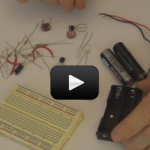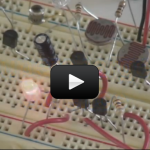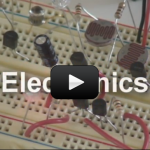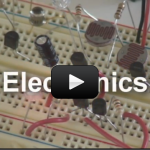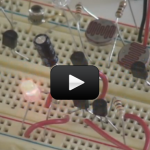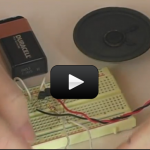Prototyping & Experimenting
When you want to built an electronic circuit, you can certainly connect things together using clip leads like you did in other electronic circuits. But, most circuits need dozens of wires. If you can imagine trying to clip 50 clip leads to terminals without having a single one come off or touch another that it shouldn’t, you’ll probably guess this won’t work very well. So, we use some other ways to wire up circuits that are especially good while we’re experimenting.
Electronics are used everywhere these days. Of course, we see them in TV’s and stereos, computers, cell phones and iPods. But they’re also a part of car keys and even mailing labels on boxes.
They’re used to explore the surface of mars in space probes and give sight to blind people. All these things use transistors, resistors, chips and more – just what we’ll be talking about in this unit. So, let’s get started.
Electronics are used everywhere these days. Of course, we see them in TV’s and stereos, computers, cell phones and iPods. But they’re also a part of car keys and even mailing labels on boxes.
They’re used to explore the surface of mars in space probes and give sight to blind people. All these things use transistors, resistors, chips and more – just what we’ll be talking about in this unit. So, let’s get started.

